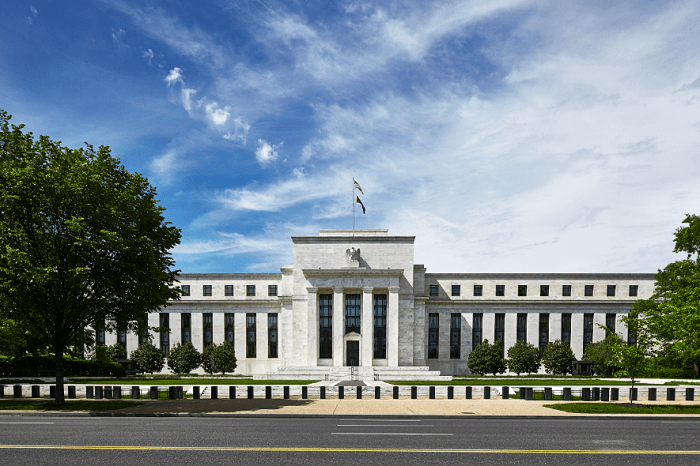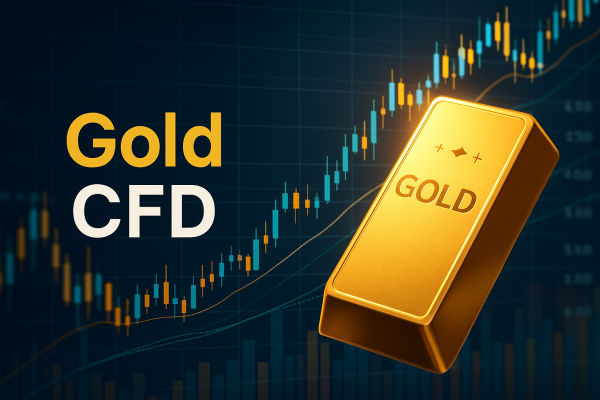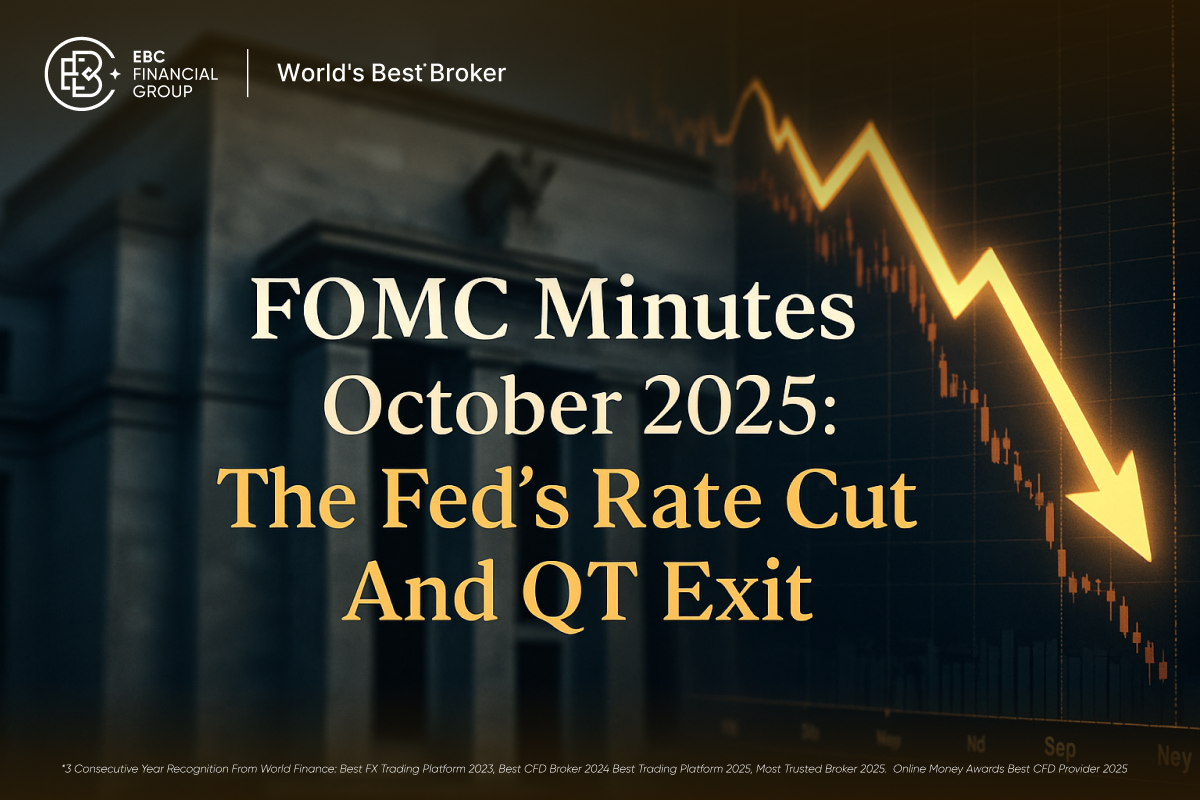The question "what backs the U.S. dollar" remains remarkably persistent, even decades after the United States moved off the gold standard. Today, the answer is not a commodity such as gold or silver; rather, the dollar's value rests on a complex foundation of trust, economic strength, and institutional mechanisms.
In this article, we will examine how the U.S. dollar is supported in the modern era, tracing its historical evolution, exploring its current anchors, and assessing risks.
Historical Backing: From Gold Standard to Fiat Currency
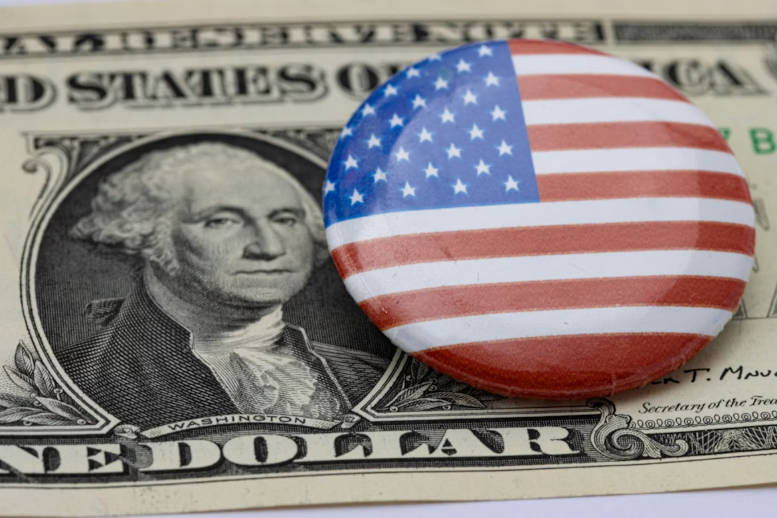
1. The Gold Standard Era
For much of its history, the U.S. dollar was tied to gold. Under the Bretton Woods system (established in 1944), foreign central banks could convert dollars into gold at a fixed rate of US$35 per troy ounce.
In December 1971. following economic pressures, the Smithsonian Agreement revalued gold to US$38 per ounce and allowed currencies to fluctuate within a band.
Shortly afterwards, President Nixon ended direct convertibility of the dollar into gold, an event widely referred to as the "Nixon Shock," which ultimately led the United States to completely leave the gold standard.
2. Transition to Fiat Currency
Since 1971. the U.S. dollar has operated as a fiat currency, which means it is not backed by any physical commodity.
Its value derives from the "full faith and credit" of the U.S. government, namely its capacity to tax, its debt-issuing authority, and the legal requirement to accept it as payment.
The Foundations of the Modern U.S. Dollar
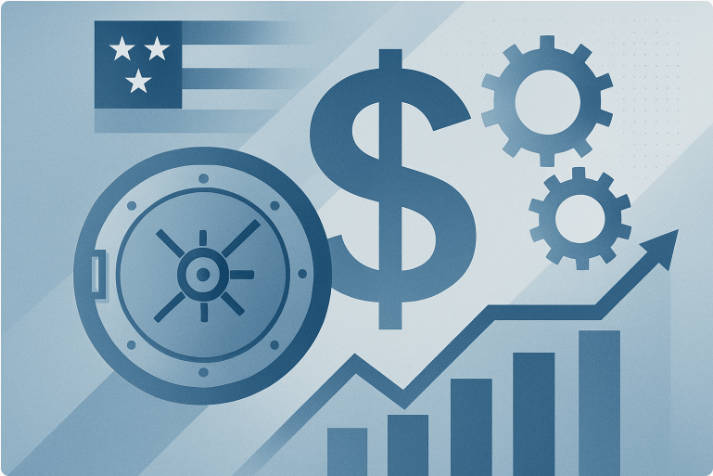
1. Economic Strength and Institutional Credibility
The U.S. economy remains one of the largest and most stable in the world, with a high degree of diversification across sectors such as technology, finance, health care, and manufacturing.
Political stability, rule of law, and deep, liquid capital markets further reinforce confidence in the U.S. dollar.
2. The Role of the U.S. Government ("Full Faith and Credit")
The U.S. Treasury has the legal authority to levy taxes and issue debt. Investors buy U.S. Treasuries because they are broadly considered safe, creditworthy assets.
The Exchange Stabilization Fund (ESF), a separate instrument under the Treasury for foreign exchange interventions, held assets of about US$210 billion at the end of 2024.
3. The Federal Reserve's Backing via Monetary Policy
The Federal Reserve influences the dollars value through interest‑rate policy, money supply management, and inflation control.
Its role helps maintain confidence in the dollar, especially during global uncertainty, by acting as a stabilising force.
US Dollar Global Demand and Reserve Status
According to the Federal Reserve, 58% of disclosed global foreign exchange reserves were held in U.S. dollars in 2024.
However, this dollar share has declined somewhat. According to Wolf Street, by the end of 2024. the dollar's share of allocated exchange reserves fell to 57.8%, the lowest since 1994.
According to Brookings, the dollar remains deeply embedded in global trade, capital flows, and cross-border finance.
Data from a U.S. government economic report (2025) shows about 54% of international trade is invoiced in U.S. dollars, and 64% of international debt securities are dollar‑denominated.
Gold Reserves: Symbolic but Not Operational Backing

The U.S. still holds a substantial gold reserve, though it is not used to redeem currency.
According to the Federal Reserve's accessible data (2025), the U.S. holds millions of fine troy ounces of gold, with its share fluctuating over time.
Central bank survey data (World Gold Council, mid‑2025) reports that 43% of total reported reserves (foreign exchange + gold) were denominated in U.S. dollars, underscoring persistent but evolving demand.
Benefits and Risks of the Current Backing System
1. Strengths of the Fiat‑Based System
1) Seigniorage and Fiscal Flexibility
Because the U.S. issues the world's primary reserve currency, it enjoys what is sometimes called an "exorbitant privilege": the ability to fund deficits at relatively low cost.
The U.S. benefits from strong global demand for Treasuries, helping to keep yields lower.
2) Global Trust and Liquidity
Deep capital markets and the dollar's wide acceptance make U.S. securities highly liquid and attractive to foreign holders.
In crises, investors often flock to the dollar as a safe haven.
2. Risks and Criticisms
1) Over-Reliance on Confidence
The dollar's value depends heavily on global trust in U.S. institutions and economic management. A loss of confidence could weaken the currency.
2) Diversification by Other Countries
Central banks have been diversifying their reserves into other currencies and gold, which could gradually reduce dollar dominance.
3) Inflation Risk
As a fiat currency, the dollar is exposed to inflation risk; if the Federal Reserve's policies fail to maintain price stability, the dollar's purchasing power could be eroded.
US Dollar VS Other Major Currencies
| Aspect |
U.S. Dollar |
Other Major Currencies |
| Share of global FX reserves (2024) |
~58 % |
Euro ~20 %, Yen ~6 %, Renminbi ~2 % |
| Global trade invoicing |
~54 % in USD |
Other currencies account for lower shares |
| Global debt securities |
~64 % denominated in USD |
Less dominant share for others |
Will the Backing of the U.S. Dollar Change?
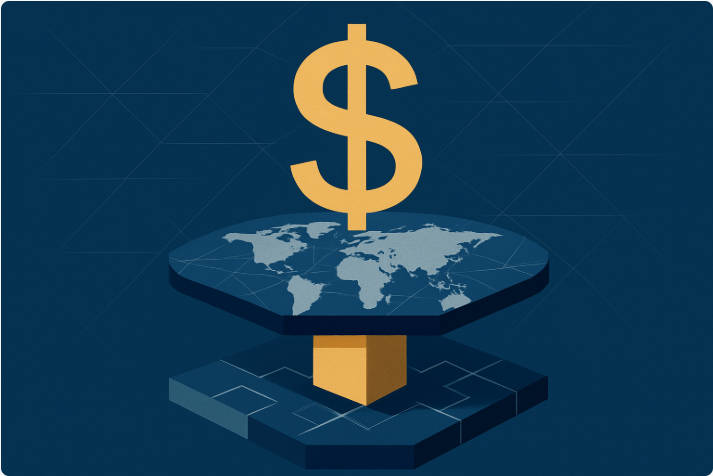
While the dollar remains dominant, its share of central bank reserves has slightly declined. Technological and financial innovation, such as stablecoins and digital currencies, could reshape demand dynamics.
Political and economic risks (such as changes in fiscal policy, geopolitical shifts, or declining confidence) represent potential headwinds to the dollar's current foundation.
Frequently Asked Questions
Q1: Is the U.S. dollar still backed by gold?
A1: No, the U.S. dollar is no longer backed by gold. The United States ended the gold convertibility of the dollar in 1971 and now operates a fiat currency system.
Q2: What does "full faith and credit" of the U.S. government mean?
A2: It means the dollar is supported by the U.S. government's ability to raise taxes and issue debt, alongside its legal authority to require the dollar's use in transactions.
Q3: Why do central banks hold U.S. dollars?
A3: Central banks hold the dollar because of its stability, liquidity, and widespread use in international trade and finance, which makes it a preferred reserve currency.
Q4: How big are U.S. gold reserves today?
A4: The U.S. holds a substantial gold reserve, measured in millions of fine troy ounces, but these reserves do not directly back the circulating currency.
Q5: What risks threaten the value of the dollar?
A5: Risks include a loss of confidence in U.S. institutions, rising inflation, and central bank diversification into other currencies or assets.
Conclusion
The U.S. dollar today is not backed by a physical commodity such as gold. Instead, its strength arises from a robust mix of economic might, institutional credibility, and global demand. The faith and credit of the U.S. government, coupled with its deep financial markets and widespread reserve currency use, form the foundation for the dollar's value.
While challenges and risks remain, this structure has proven remarkably durable and continues to support the dollar as a pillar of the global financial system.
Disclaimer: This material is for general information purposes only and is not intended as (and should not be considered to be) financial, investment or other advice on which reliance should be placed. No opinion given in the material constitutes a recommendation by EBC or the author that any particular investment, security, transaction or investment strategy is suitable for any specific person.










